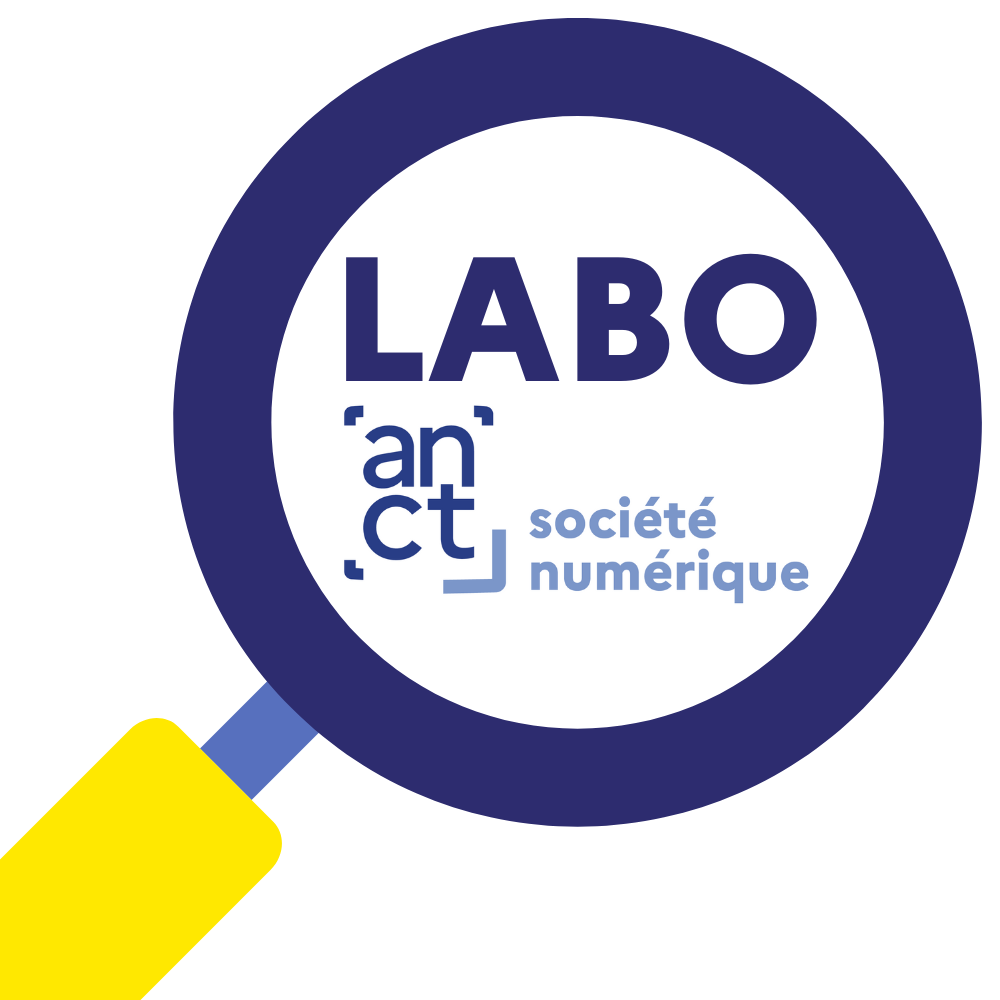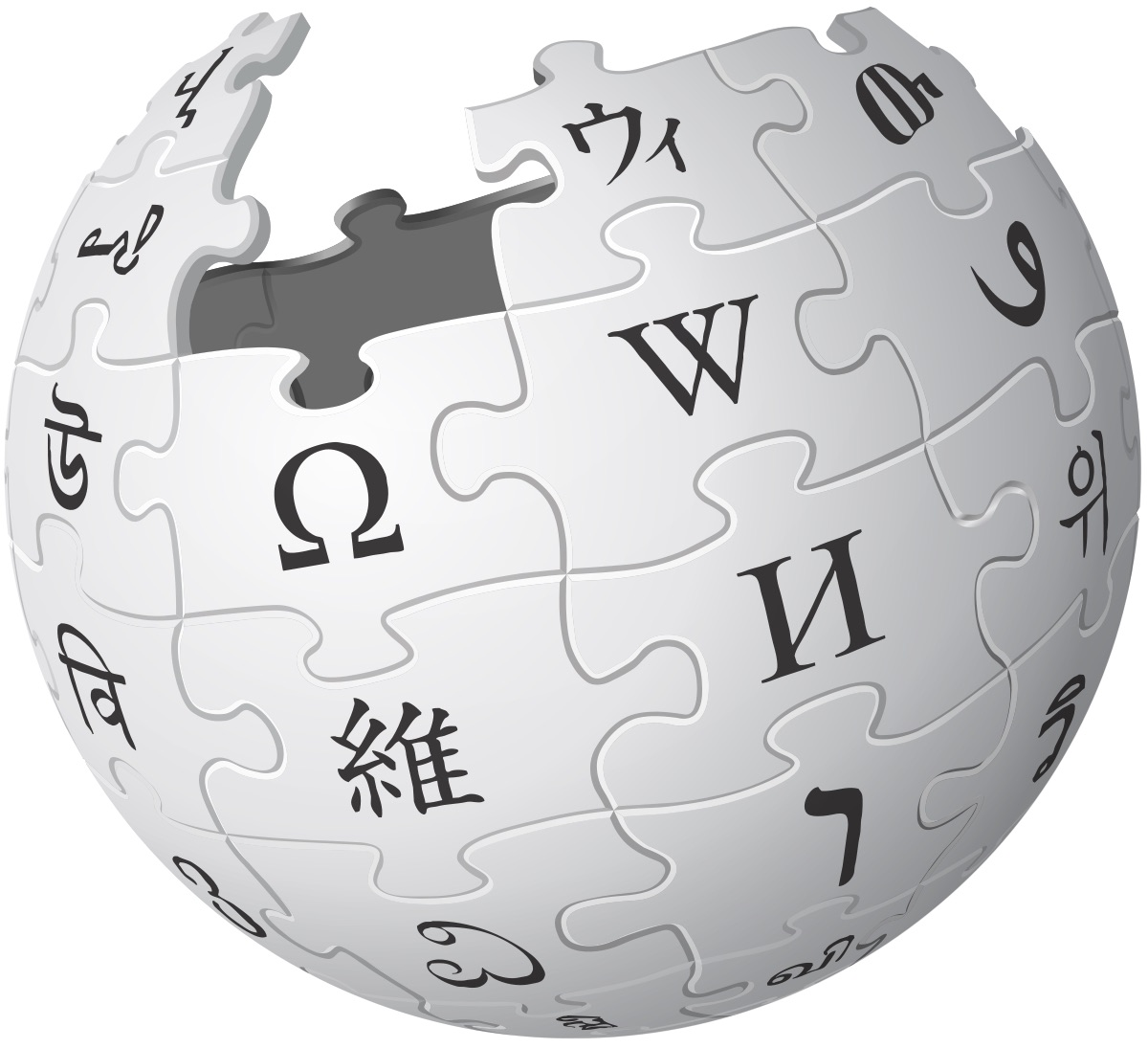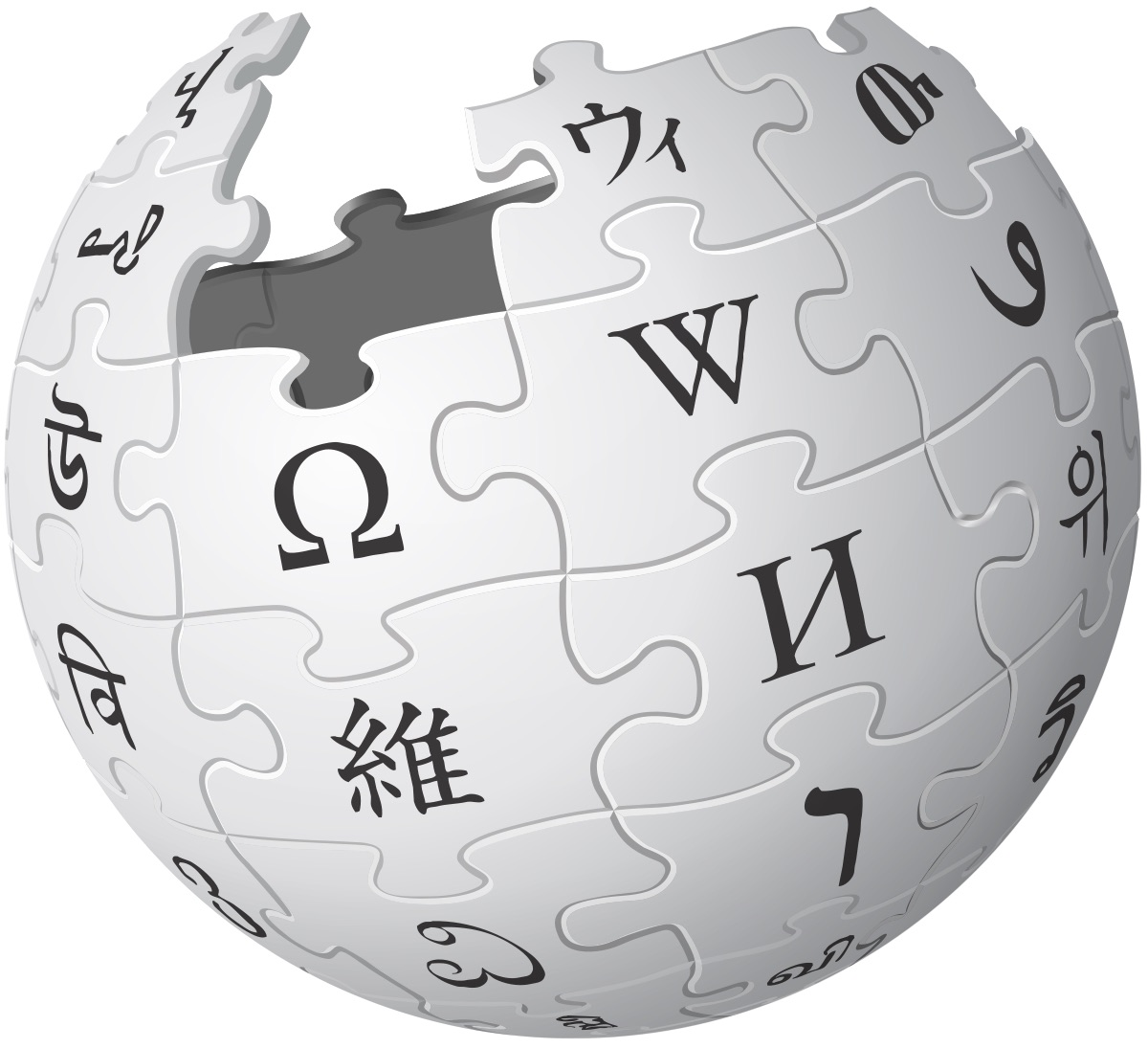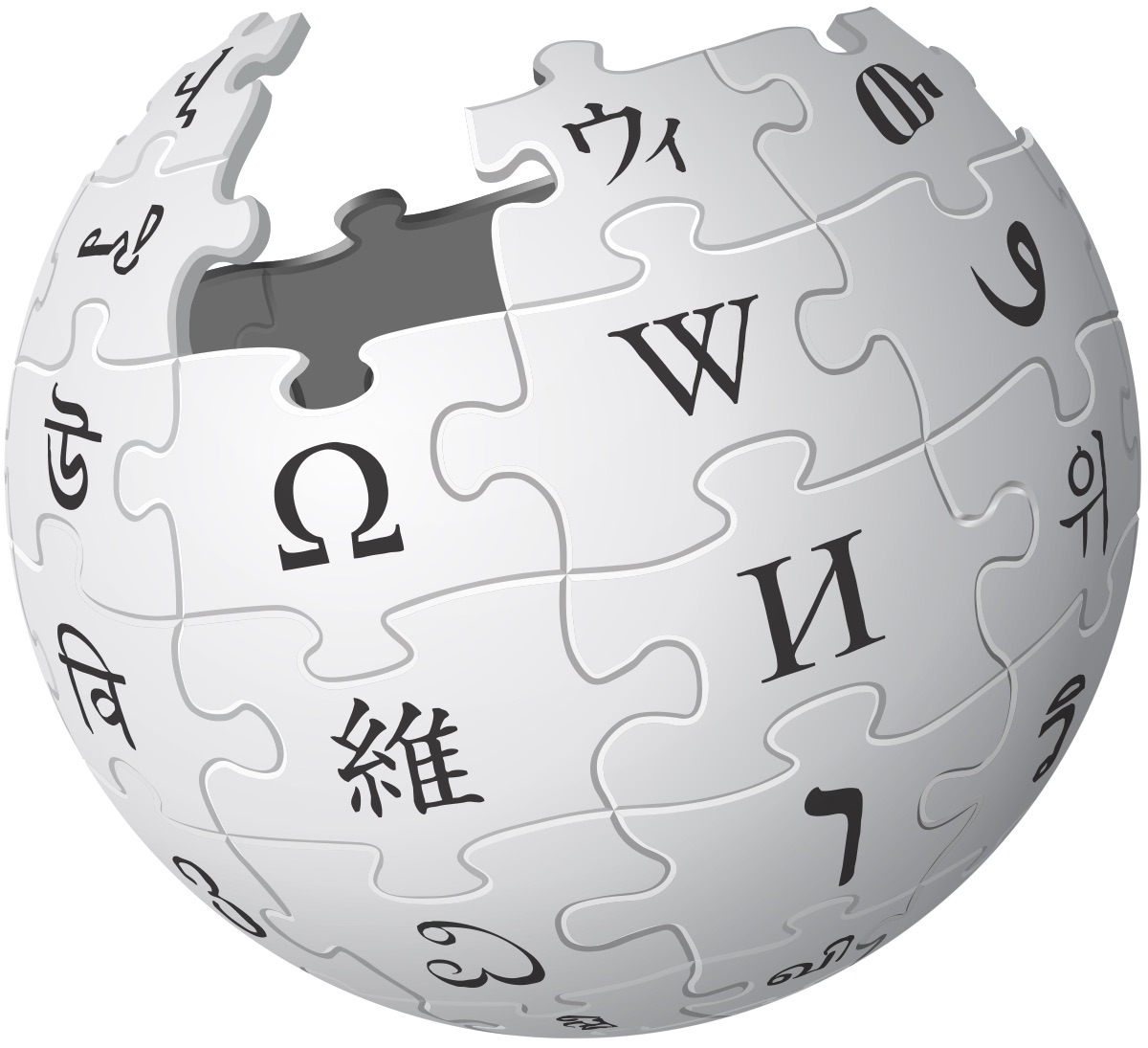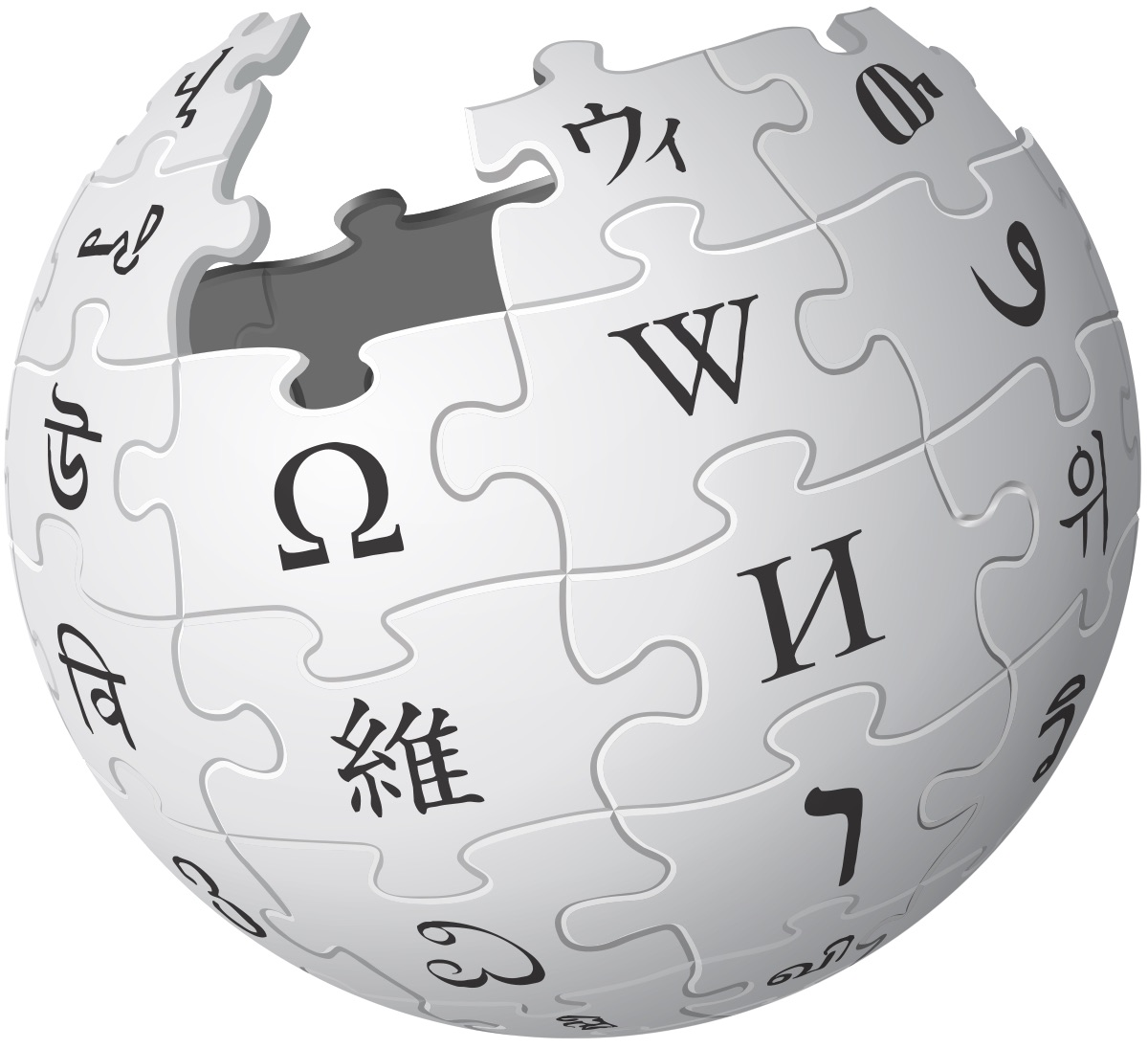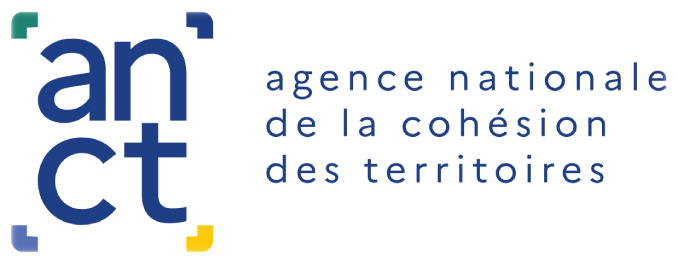With nearly 4 million unique readers a day in France, and almost 30 million a month, according to Médiamétrie, Wikipedia occupies a major place in information practices and knowledge-building processes.
The Groupement d'Intérêt Scientifique Marsouin (Marsouin Scientific Interest Group) conducted a survey of Wikipedia users, considering them as readers, contributors or potential contributors.
Références :
Five profiles of Wikipedia readers
"What does it mean to be a Wikipedia reader? What value is attributed to the content offered on this platform? Is its use part of a dynamic of "ordinary" reading practices and more broadly of practices?".
To answer these questions, Laurent Mell (CREAD-Marsouin, IMT Atlantique) and Nicolas Jullien (Marsouin scientific co-director, LEGO, IMT Atlantique) collected the views and practices of 10,756 Wikipedia readers. They created a typology based on a selection of variables describing these practices:
- access to Wikipedia ;
- content access mode ;
- information evaluation ;
- the quality of the article;
- professional or study needs requiring access to written information or knowledge;
- using Wikipedia to meet these needs;
- digital tools (computers, telephones)used ;
- the relationship with Wikipedia sources.
They identified five classes of Wikipedia reader, based on their usage.
- The Little Readers report a moderate need for training, culture and information, whether in a personal, professional or study context. When this need exists, Wikipedia is little or not mobilized. This piecemeal use of Wikipedia can also be seen when it comes to using texts from Wikipedia for documents to be written in the context of work or study. "Inscribed in an ordinary working-class relationship with legitimate knowledge and the written form, they struggle to appropriate encyclopedic knowledge ". The Little Readers are characterized by a high proportion of elderly people, with almost half the members of this class of readers aged over 55. They are also the least educated and the most heavily represented among the lowest socio-professional categories. Their digital skills are limited, but in line with their limited use of Wikipedia. The Little Readers are the "least informed" class.
- At the other end of the spectrum, the Confiants represent a young, connected class, who place Wikipedia at the heart of their personal and professional information use. This group, which makes extensive use of the encyclopedia to meet its needs, reflects an assertive and confident relationship with digital technology, digital reading and online media. The Confident are the class of readers whose personal, professional and study needs are the most significant and varied, such as resolving a disagreement, verifying information, cultivating, informing oneself, making a choice or finding out about political issues. This class is the one that mobilizes Wikipedia the most, and where Wikipedia responds best. It is also one of the classes with the highest proportion of women. Also one of the youngest classes, it has a relatively high level of education, a significant proportion of higher socio-professional categories and a marked sense of financial ease. This is the class most at ease with digital technology, and the one with the most diversified uses.
Between these two profiles, the Conformists, the Ambivalents and the Over-informed adopt heterogeneous uses of Wikipedia, reflecting their specific positions.
- Conformists use Wikipedia selectively, as a complement to other traditional media, which they value more highly. They express the need to conduct research out of curiosity, as well as to train or educate themselves for professional or study purposes. Conformists are characterized by a notably high proportion of women compared to other classes. They are also the oldest class, with a significant proportion of retired people. Conformists have a particularly strong sense of financial comfort.
- The Ambivalents, although distrustful of Wikipedia and struggling to make its content their own, are pragmatically integrating it into their information processes. They are distinguished by a notable diversification of their professional or study needs. Their uses include training or personal enrichment, the search for varied information, but also the precise verification of facts or data. Personal needs are equally varied. Ambivalents are characterized by their very young profile and the highest proportion of people in education. They are characterized by a high level of digital fluency. Like the Little Readers, they have one of the lowest levels of trust in Wikipedia, but unlike the Little Readers, Wikipedia partially meets their needs, both professional and personal.
- The Over-informed, with their diversified digital practices and constant appetite for information, recognize Wikipedia as an essential knowledge institution. They have particularly diverse and important needs, in both the professional and academic spheres (training, culture, information, but also verifying information or settling disagreements). In these contexts, Wikipedia is able to satisfy many of these needs. They use Wikipedia selectively, seeing it as a relevant but not exclusive complement. This class is notable for its strong tendency to cite sources from Wikipedia in professional or academic contexts. This class is the most highly educated, with the highest proportion of individuals having a master's or doctorate degree.
This typology of Wikipedia readers highlights disparities and reveals deeply structured usage dynamics according to the socio-demographic characteristics, cultural practices and information consumption patterns of individuals. These initial results, conclude the authors of the survey, " show that the process of social differentiation of reading practices also operates on the platform, and that access to information on Wikipedia refers to 'ordinary' reading practices (...) These preliminary results pave the way for reflections on how to grasp the links between informational needs, digital skills and differentiated relationships to knowledge".
Who can become a Wikipedia contributor?
Only a small minority of all Wikipedia readers contribute to online projects in general, and to Wikipedia in particular. Numerous studies have shown that this minority of Wikipedia contributors is mainly made up of men over 40 with at least one bachelor's degree. This typified profile of contributors "raises questions about the goal of universality, both in terms of the encapacitation of contributors ("that all can edit") and the coverage of subjects covered", observe Léo Joubert (LPED, Université de Rouen Normandie) and Nicolas Jullien, (Marsouin scientific co-director, LEGO, IMT Atlantique), the survey's editors.
In addition, the survey proposes to move away from a binary vision of "non-contributors versus contributors", which does not specify, for example, the level of regularity required to be considered a "contributor". " This disregards the multitude of stages an individual goes through before eventually becoming a regular contributor".
"If, logically, you can't be a regular contributor without having first tried it, or tried it without having previously learned how to do it, it's not clear that these different stages depend on identical socio-demographic factors".
To explore this question, Léo Joubert and Nicolas Jullien used data collected from Wikipedia readers (and sometimes contributors). Based on the question " Have you ever edited a Wikipedia page? " (to which respondents could answer whether or not they knew how to do it, "Yes, rarely", "Yes, a few times" or "Yes, often"), they modeled three stages: knowing how to contribute (or not); having done it (or not); doing it regularly.
First step: knowing how to contribute
Three sets of effects, for this first stage, draw a sociological portrait: that of young adult men belonging to a social milieu where Wikipedia is a topic of discussion, and who are familiar with digital uses. "The idea of belonging to a specific social milieu is reinforced by the fact that these respondents regularly use a computer. All this suggests that knowledge of how to contribute is disseminated in a particular social milieu, where the encyclopedia is part of the information landscape, rather than being learned by teaching the population at large. In this respect, the negative effect of gender places us here in a long list of studies that have shown a tendency to exclude women from the most technical uses of digital technology".
Step 2: Contribute at least once
Passing this stage reveals a slightly different socio-demographic profile: while women are once again significantly less likely to contribute, this time the level of education is a positive discriminator: the higher the level of education, the higher the probability of having tried contributing. Age, on the other hand, has no significant effect. Another finding of the survey is that this mode of contribution to Wikipedia is correlated with practices such as having commented on online news articles, having experience as an administrator or webmaster, or having donated money to the Wikimedia Foundation. The second step seems to indicate that contributing at least once is very much linked " with feeling legitimate about it, both in terms of (digital) skills, and in terms of having knowledge to contribute".
Step three: Contribute a lot
Based on the responses of people who contribute a lot, Léo Joubert and Nicolas Jullien observe that the probability of being a great contributor is linked "to personal situation rather than demographic characteristics: knowing at least one contributor has a positive effect, while gender, diploma or age have no effect".
This modelling, conclude the authors, "allows us to measure more precisely the effect of social profile on contribution. We may be surprised, for example, by the disappearance of the importance of gender in the last stage (...). This survey does not deny the effect of gender on contribution trajectories, but it does show that this effect acts as a strong barrier to entry into the first two "stages".
It also provides recommendations for diversifying the profile of Wikipedians. "The three types of action depend on the target audience: either you teach people to contribute, encourage them to contribute at least once, or encourage them to contribute more. For example, to reach the elderly, you first need to explain how to do it. Once they know, they'll probably feel justified in contributing (often). Young people, on the other hand, generally know how to contribute but don't take the plunge, and that's where leverage is needed. An intervention aimed at a female audience will need to combine two levers: showing how to contribute, and providing a supportive discourse - in which activism can play a part".

